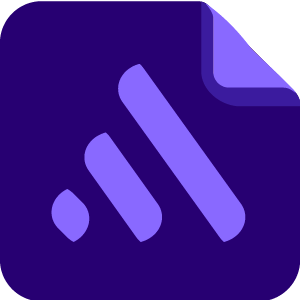Ever used the HDFC Bank mobile banking app for fund transfer? The Domino’s Pizza app to order your pizza? The Weight Watcher app to track your calorie consumption? Flipkart’s mobile app to shop? Or played the Candy Crush app for some entertainment? Yes. Reality pinch. There is an application for every activity. May it be for fitness, travel, shopping, entertainment, work – mobile apps are now a very prominent feature of our lives.
The mobile app market is evolving rapidly. As of June 2014, there were more than 140 billion mobile apps downloaded. And according to Business Today, the downloads in India alone is expected to grow from 1.56 billion in 2012 to 9 billion in 2015. Such statistics re-instate how there is a parallel market place growing at an aggressive rate. And businesses who are leveraging this app culture will succeed in gaining market share.
What drives this growth?
A Nielsen report reveals that smartphone owners aged 25-44 use the highest number of apps per month (averaging 29 apps), while 18-24 year-olds spend the most time on them (37 hours, 6 minutes). What drives the growth of this market is the convenience brought to the end user. While websites are information-oriented, apps are task oriented and the entire process is quick, easy and economical. And the ability to be used anywhere, anytime brings about great efficiency in the process. Thus over 85% of users prefer mobile apps to mobile website claim Compuware. In-fact as per a report by MarketingCharts,
in 2014 time spent on mobile apps rose by 43.7% as opposed to a decline of 3.5% on the time on websites.
What does it mean for businesses?
A mobile application is a new touch-point for businesses to connect with their customers. It provides value to the existing clients, robes in new customers, and increases the business loyalty and sales. For example, FoodPanda is a global online food delivery marketplace. Operating in more than 40 countries its service enables users to select food from local restaurants and place orders via its website or mobile application. In India this app has been downloaded over 300,000 times and contributes to 20% of the sales.
As of July, 2014 there are over 2 million mobile apps available which are either free or paid. In the former the download is free however there are in-app purchases while in the latter there is a nominal charge to download the app. Majority of the apps available are free with downloads reaching 127 billion downloads in 2014 while there are over 11 billion paid app downloaded. The revenue from free apps is higher too. Apple claims that 71% of its revenue comes from free apps, which is predicted to surpass 14 billion US dollars in 2015. However, it must be noted that of the top 10 revenue-generating apps from the Apple App Store or Google Play Store in Q1 2014, 9 are games.
Nonetheless, mobile apps bring in immense business opportunities for organizations. It’s a direct marketing channel where they’re able to capture the mindshare of the customer. The MakeMyTrip app recently crossed 4 million downloads in October 2014 and its constant mobile app promotions resulted in a rise on flight-bookings on the app to 49% compared to 43% on web.
Businesses are also able to build the brand and enhance customer engagement. ASDA’s use of favourites and recipe advice are noteworthy. While the favourites listing on the app is helpful and generates brand affinity by offering a more personalized shopping experience, it also allows ASDA to push repeat purchases. Its use of recipe advice is also dual edged: it offers useful advice to consumers thereby improving the brand experience.
Mobile apps undoubtedly increase sales. But it even keeps its users up-to-date with its products and services. Zappos’ uses the push-notifications option to inform consumers of the products which are in stock. As the customer requested a product update, this second stage push to sale is seen as a service and a gentle reminder, rather than as an unwanted direct response call to action.
Moreover, there are businesses based on mobile platforms. Uber is one of the fastest growing global companies in India. It is an app-based transportation company, operating in over 200 cities. The company uses a smartphone application to receive ride requests, and then sends these trip requests to their drivers. Customers use the app to request rides and track their reserved vehicle’s location.
By 2017, Gartner projects that there will be 268 billion mobile app downloads annually, amounting to $77billion in revenue.
Mobile apps are here, and will increasingly become a vital element in the marketing plan for businesses as customers are looking for convenience, ease and instant results while on the move.
















































